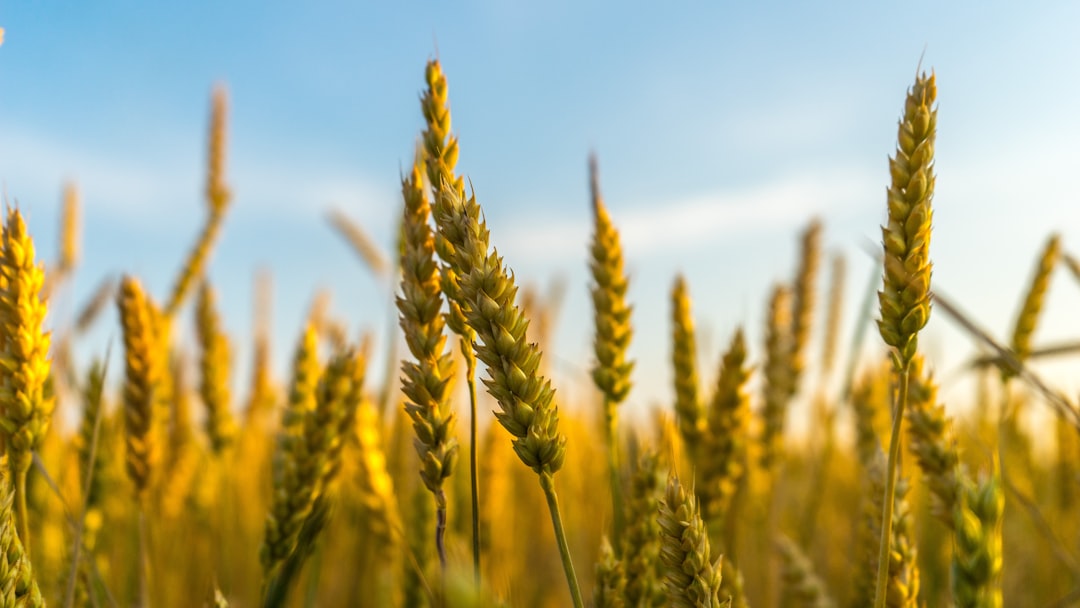What is it about?
Seagrasses are a critical part of the marine ecosystem. However, climate change and degradation of water quality have caused a decline in their habitats. Sound propagation is sensitive to the presence of bubbles in water and plant tissue and can be used to assess oxygen production of seagrass. This 2020 paper describes the characterisation of two different regions of a seagrass meadow—one with dense vegetation, and another scantily vegetated — using acoustic (sound wave-based) remote sensing techniques. Using probability distributions to estimate the sensitivity of sound waves to the gas bubbles, the authors demonstrate that acoustic methods could be used to remotely sense seagrass health and, in turn, the quality of underwater life in the wake of global warming.
Featured Image

Photo by Benjamin L. Jones on Unsplash
Why is it important?
Seagrasses play an important role in maintaining the health of marine ecosystems. They are also a reserve of organic carbon and can capture and store environmental carbon through a process called ‘carbon sequestration’. However, they are delicate and are adversely affected by global warming, changing sea levels, and climate shifts. Currently, chemical sensors are used to measure the dissolved oxygen in water as an indicator of seagrass meadow productivity. However, they are not sensitive to the free gas bubbles of oxygen. Acoustic remote sensing, therefore, provides an alternative to gauging the oxygen production of seagrasses. KEY TAKEAWAY Acoustic remote sensing technology using sound waves could tell us about the health of marine ecosystems in the context of climate change.
Read the Original
This page is a summary of: Application of acoustical remote sensing techniques for ecosystem monitoring of a seagrass meadow, The Journal of the Acoustical Society of America, March 2020, Acoustical Society of America (ASA),
DOI: 10.1121/10.0000954.
You can read the full text:
Resources
Contributors
Be the first to contribute to this page










